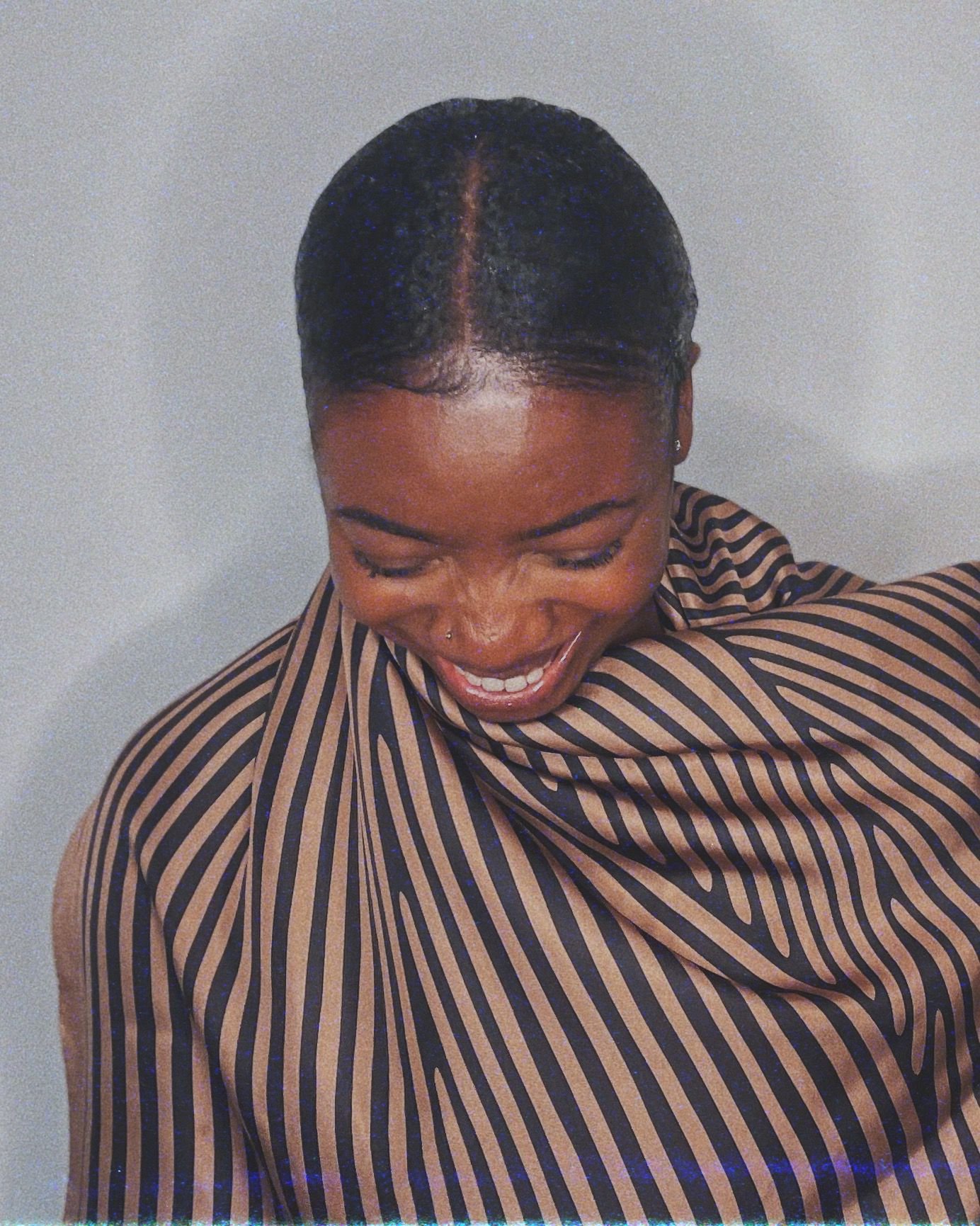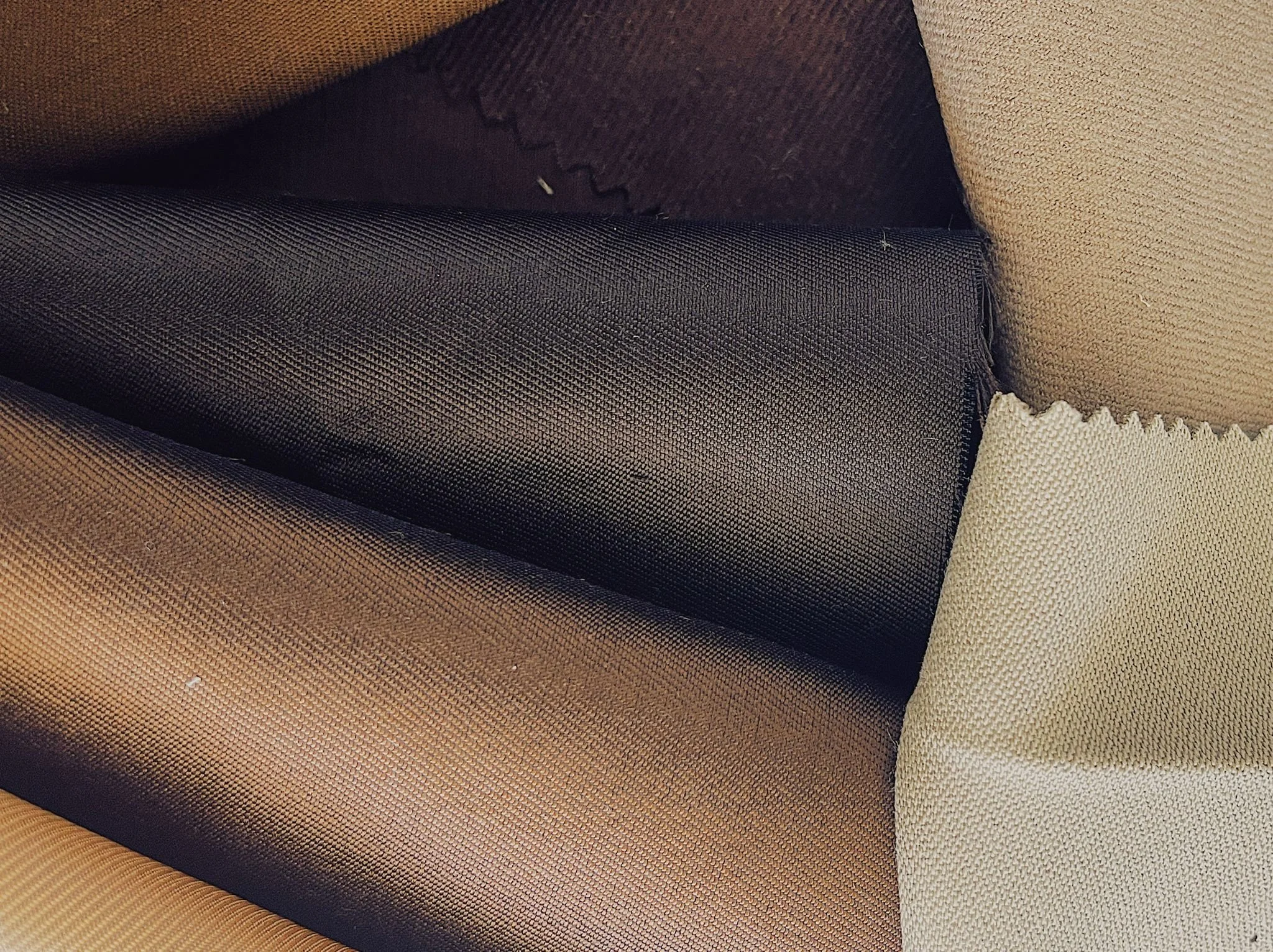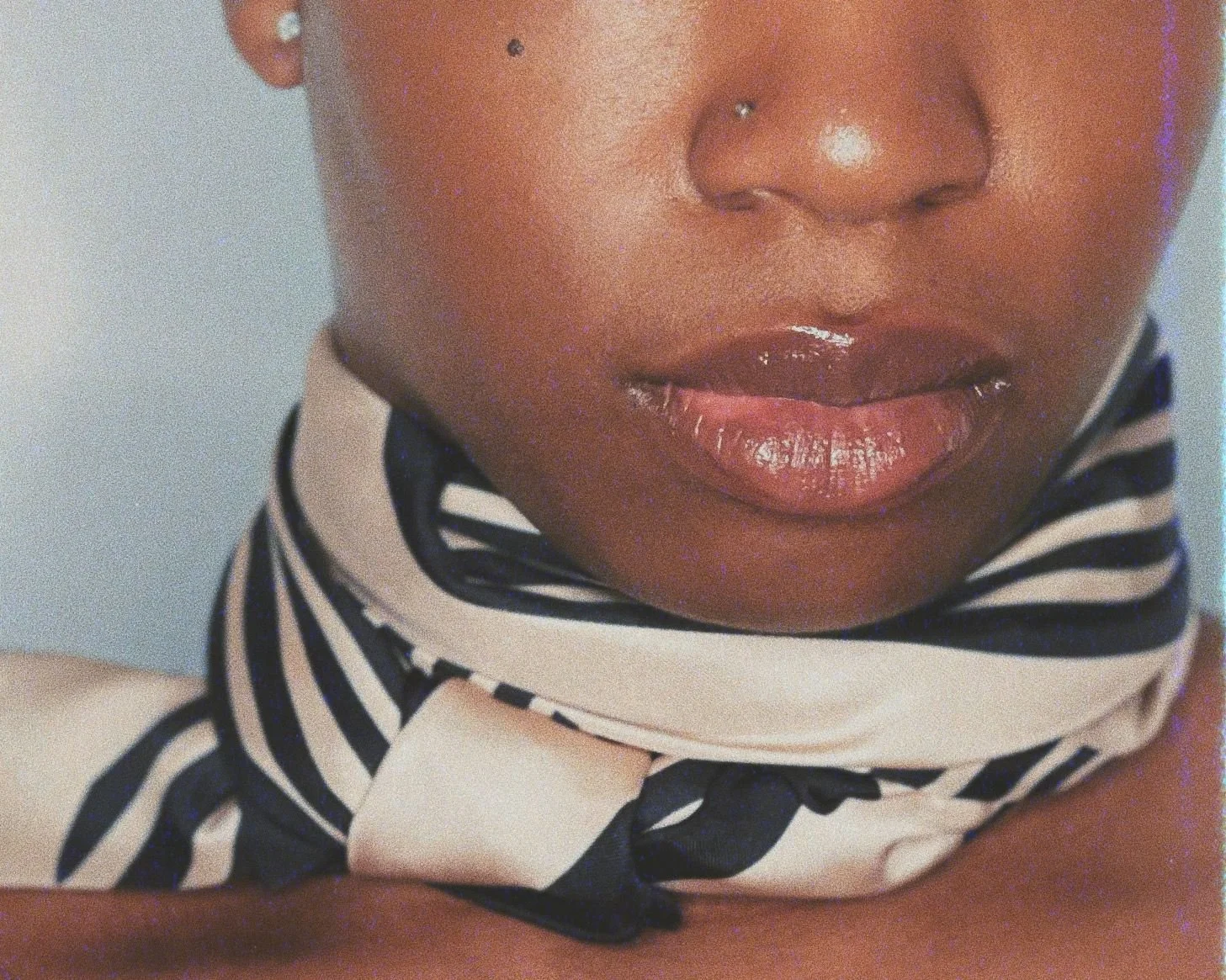SLOW FASHION WITH semes
When did you decide to start a fashion brand and why?
I’ve started SEMES due to my long-held desire to see luxury clothes in larger sizes. Since I was in fashion school, it has been essential for me to create a space where all women are welcomed. There, I was often the only Black person in the room and definitely the only plus-size woman, so I spent much time being around beautiful clothes that were not made for women like me.
Slowly, the fashion industry has been more open to having a greater variety of bodies represented. However, the distinction between “straight” sizes and “plus” sizes where “straight” sizing is considered the standard range automatically leaves “plus” sized women othered. Wanting to see luxury clothing in larger sizes solidified my desire to do something inclusive because I saw it as unfair.
What does SEMES do?
SEMES focuses on craftsmanship, innovation, and great design, championing that style isn’t size specific.
What tips do you have for building an inclusive and diverse brand?
Inclusivity and diversity are broad concepts that account for all people. The best way to not get overwhelmed is to pick one area to focus on and work to become an expert in that niche. Ask yourself, what are the pain points for your customer? How will your brand provide solutions to this? Investing in research and development, alongside innovation, is a good start.
How do you define your audience? Who do you design for?
Our core audience are women who like to express themselves through their style. They look for well-made items that are classic with a modern twist and have interesting shapes and details. Also, the SEMES woman loves to wear colour!
Is there anything SEMES does that you think is different from other brands?
SEMES is invested in making clothes that fit the diverse range of women’s bodies and not the other way around. We are committed to redefining luxury with radical inclusivity. Our first step is to offer a customised service where our customers can have pieces made to fit their unique measurements.
How is your brand sustainable? What are your go-to sustainable fabrics and practices?
As a small brand, we need to keep our fabric range limited in order to access both high-quality and sustainable fabrics. Right now, we’re researching sustainable and recycled wool as our pieces are grounded in tailoring. Wool is a versatile fabric that is natural, renewable, and biodegradable. We’re excited to use wool as our starting point for becoming a sustainable brand.
How important do you regard the move towards sustainable practices?
I love the growing support for ‘buy less, buy better’ where people are making conscious decisions to invest in higher quality pieces that last longer, can be repaired, and ultimately are less likely to end up in a landfill. At SEMES, we offer a made-to-measure service where our customers can have our pieces made to their unique measurements, negating the fit issues that can arise from buying clothes off the rack. Coupled with our commitment to craftsmanship, our pieces are investments that last a long time.
I’m also really interested in the growing fabric innovations where people are making fabric out of everything, from mushrooms to apples! The creativity of producing materials from reimagining waste or regenerating natural systems is mind-blowing, and I look forward to incorporating these fabrics in SEMES as we grow.
Do you feel mainstream brands are doing enough in regards to inclusivity and not only representing but catering for plus size women and BIPOC?
The short answer is no. The big brands have resources to invest in extending the size range, but so far, it's limited to a separate plus-size collection or a few styles available in larger sizes. It's a missed opportunity financially, as plus-size clothing is a growth market. Still, more importantly, it perpetuates a narrative that plus-size women are not worthy enough to be included.
As for BIPOC representation, there have been many BIPOC people on the catwalk, in editorials and advertisements; however, behind the scenes, the fashion industry is still overwhelmingly white. Unless there is more equitable representation among creative teams and the key decision-makers in the fashion industry, then I don't see how lasting change will happen.
How is SEMES building a brighter future?
The world has undergone profound changes, and the fashion industry is not immune to this. As we wrestle with and question the inequalities underpinning the fashion industry, I hope that SEMES is part of the new wave of brands that transform fashion into a more positive and welcoming space. More specifically, we are committed to changing the narrow perceptions of beauty that dominate the industry and aligning our long-term goals with decisions that prioritise the impact on our planet. We want to venture beyond talking about the need for change by putting in the work to make change happen.
What are you researching in your PhD and how does it relate to your commercial practice?
My PhD research examines how intersectional inequalities are reproduced through creative working practices in the fashion industry. I focus on the intersection of race and gender as I believe that analysis is currently lacking in the fashion industry. Overall, my research is essential in building SEMES to be a representative, equitable and inclusive business. Also, I hope to use my research to help other fashion companies to do the same.





